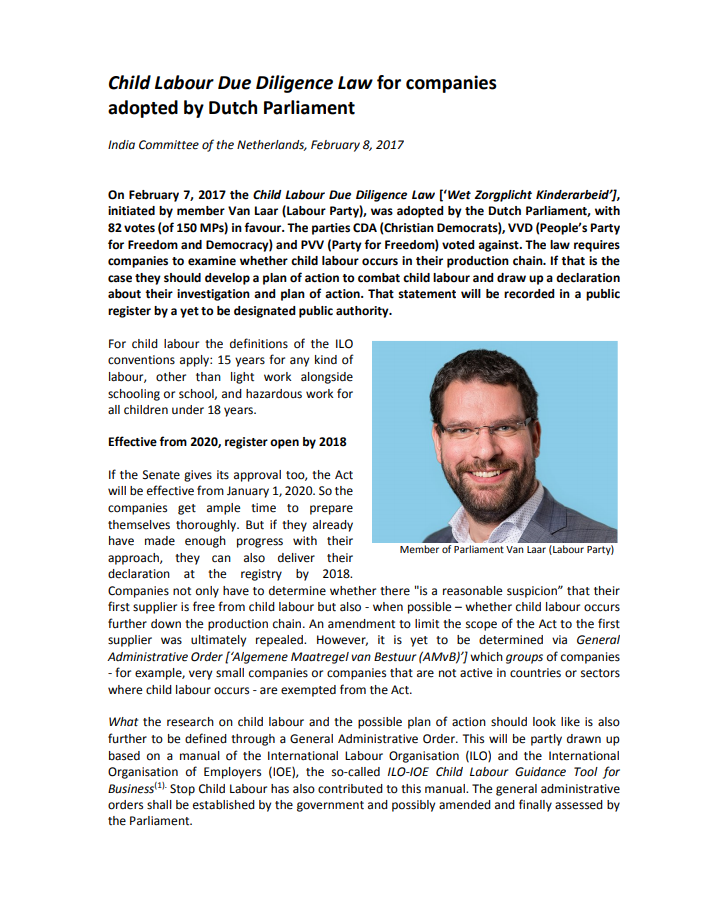Legislative Scrutiny: Nationality and Borders Bill (Part 5)—Modern Slavery: Eleventh Report of Session 2021-22
LegislationPart 5 of the Nationality and Borders Bill makes changes to the law on modern slavery. Some of the provisions place in law processes that are currently contained in policy or guidance, but often with some amendment. Other provisions amend existing s...Read More

